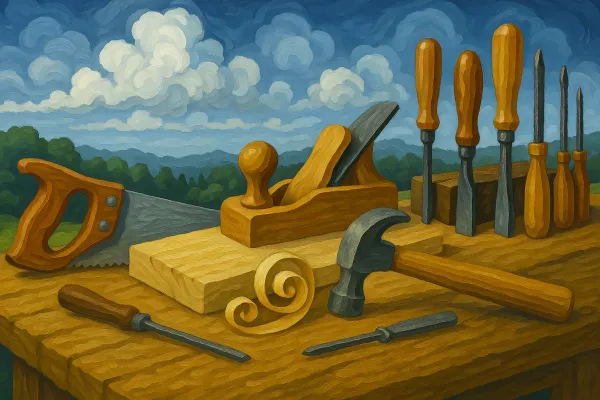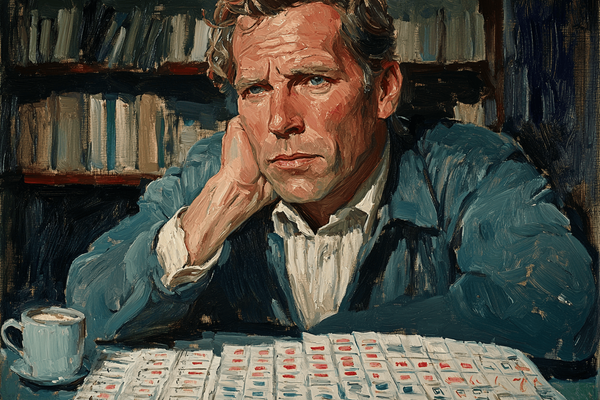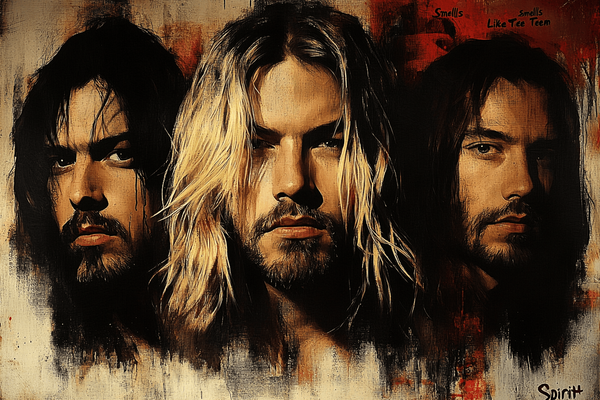Australian Inventions
How many inventions do you think come from Australia? Probably not very much? That’s very far from the truth, Australians are very inventive.
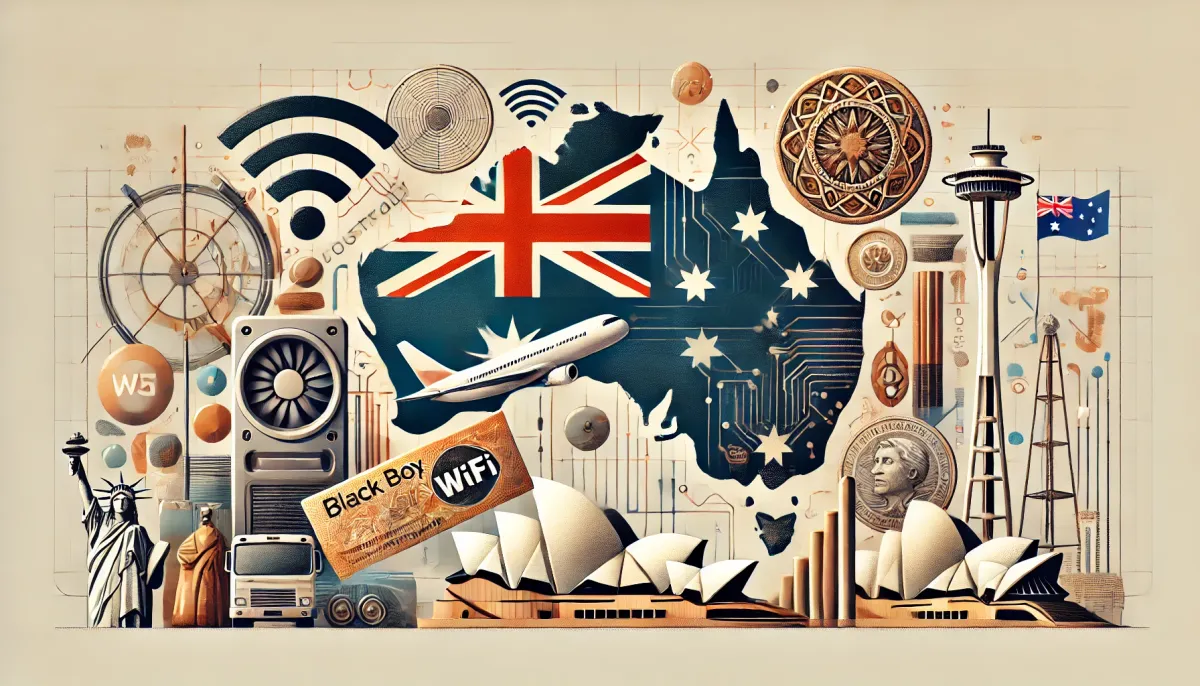
Is There a List of What’s Known as an Australian Invention?
Let’s take a look in books of lists. Where will they lead us today? Oh, we’re in Australia, fantastic! We’re guided here by Stephen Barnett, author of “The Australian Book of Lists” [1]. Little is known about Stephen’s life, except that he is the author of several books popular in New Zealand and that, at the time of writing this list book, he lived in Germany. Quite far from Australia, but that’s okay. One inventor, or rather a pioneer, traveled even farther.
By the way, thanks to Stephen Barnett, two more books of lists were discovered. They weren’t in the largest online collection mentioned above. The first book has the same title as the one on which today’s article is based — “The Australian Book of Lists” [2]. The second was co-authored with Barnett and is dedicated to New Zealand: “The New Zealand Book of Lists” [3].
And So, the List of Australian Inventions
Australians have proven to be inventive people! This distant country has made a significant contribution to human achievements in areas ranging from everyday consumer goods to safety, medicine, and industry.
Australians are also distinguished by the large number of patents they hold. Among all countries worldwide, they rank 10th in terms of patents registered [4]. Let’s take a look at the technology.
Surf Life Saving Reel, 1906
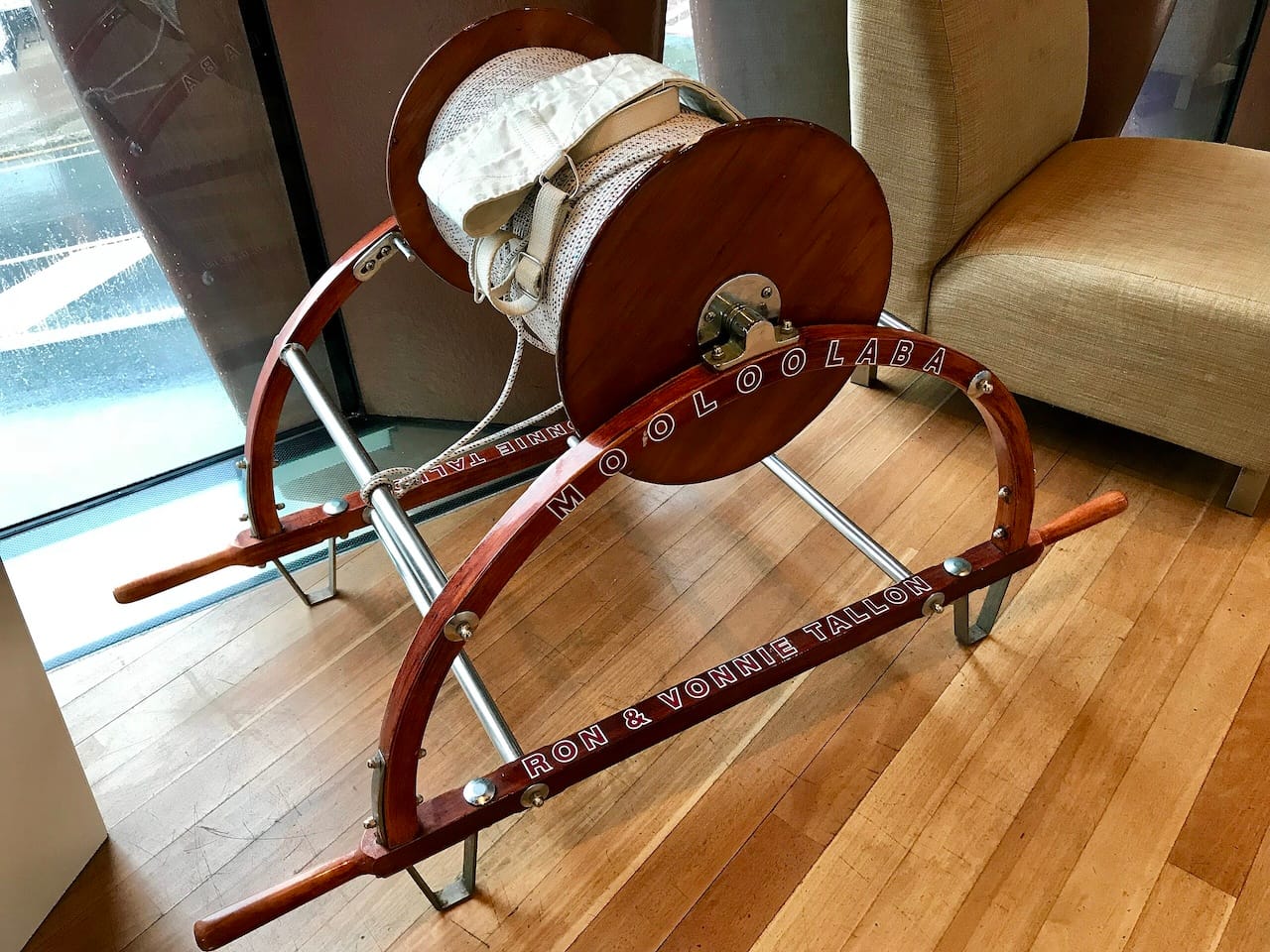
For nearly 90* years, the iconic surf-lifesaving reel was the mainstay of Australian surf-lifesaving clubs. Designed by Lyster Ormsby of the Bondi Surf Bathers Lifesaving Club — he created a model using a cotton reel and two hairpins — the reel was first built by John Bond and developed further by Sydney coachbuilder G. H. Olding. From the early 1990s, the reel was increasingly replaced by the use of inflatable boats.
If you’re curious to see how it works, I suggest watching this video.
* By the time of the book’s release in 2009.
Self-Propelled Rotary Hoe, 1912*
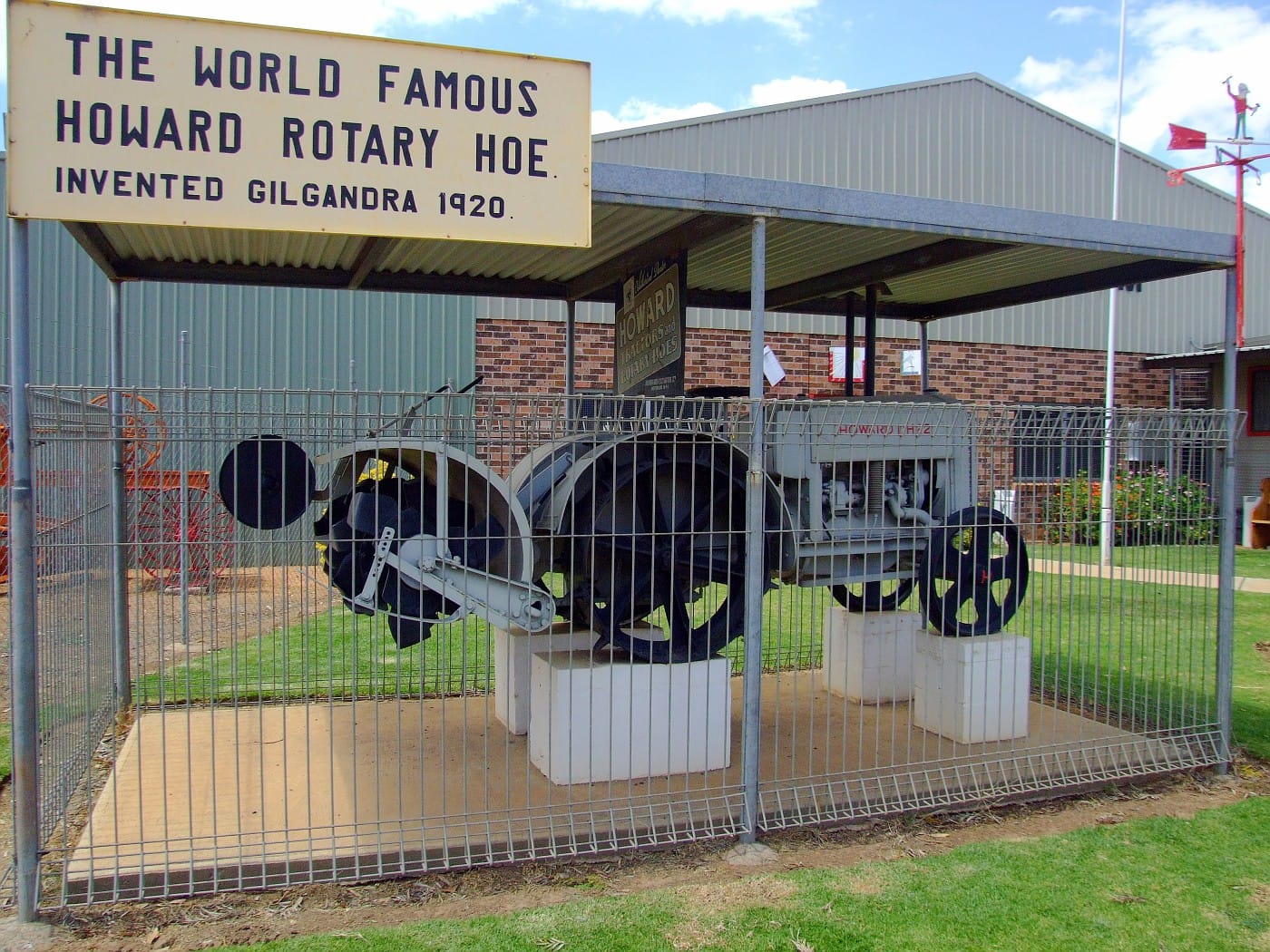
Hoping to create a more efficient way of turning over the soil on small farms than that provided by dragging a hoe through the ground, teenager Cliff Howard of Gilgandra had the idea of using a portable powered machine, with hoe blades attached to each end of a powered shaft. These could then rotate at speed, digging into the soil and pulling the machine forwards at the same time, with the farmer walking behind and guiding its movement. And thus the Rotavator was born.
* However, in the photo provided, the invention year is listed as 1920. Either I found the wrong picture, or there’s some other reason for the discrepancy.
Esky Portable Refrigerator, 1952
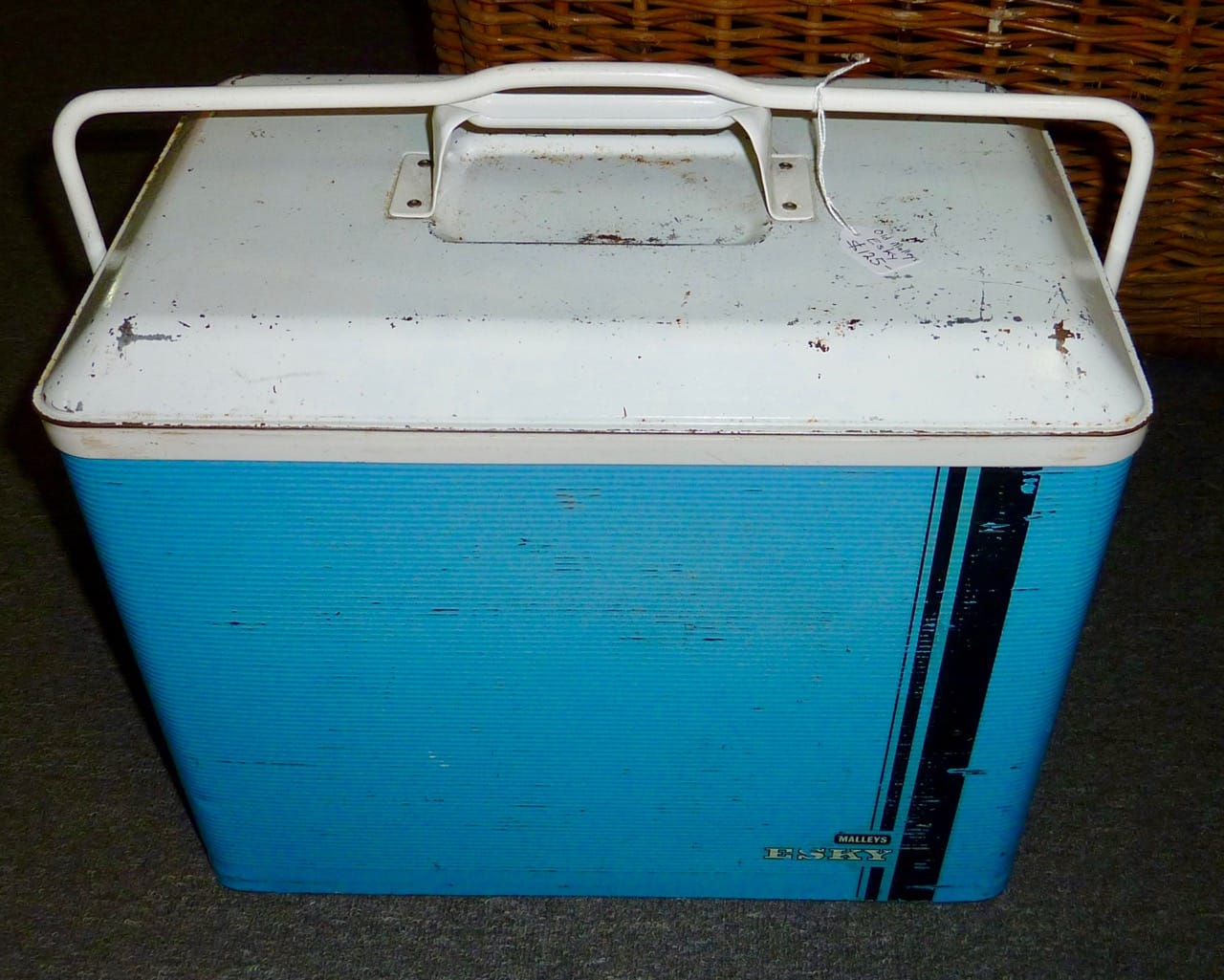
The Esky (short for ‘Eskimo’) was the invention of Malley’s, a Sydney refrigeration company that developed the portable, insulated food cooler for keeping food cool at picnics. The first models were manufactured using steel containers, with the insulation provided by cork lining inside the steel case. In the 1980s, plastic eskies made their appearance, with the insulation also in plastic.
Garage Roller Door, 1956
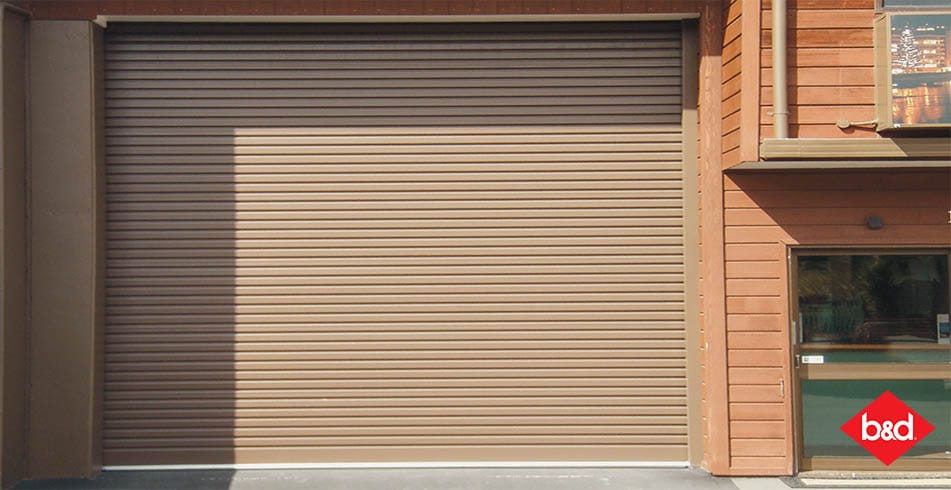
The Roll-A-Door, as it was first known, had its beginnings in the B&D company’s association with Ben Saul, a Sydney inventor who had originally come up with the idea. After a number of unsuccessful attempts to manufacture the concept by himself, Saul gave up and signed the rights to B&D. The company didn’t use the idea immediately, but eventually came up with a rollable door using pressed metal sheets to form a flexible curtain that could be rolled and unrolled on an axle. Launched at the Sydney Home Show in 1956, it was an immediate success.
Permanent-Crease Trousers, 1957
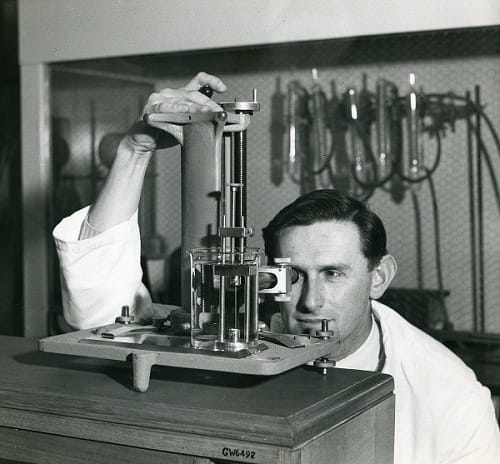
To meet the demand for permanently creased garments and avoid the need for repeated pressing, Dr Arthur Farnworth of CSIRO* developed a process by which a special resin was added to wool fibres to change their chemical structure. Steam-pressing the fabric caused the chemical to evaporate, leaving a permanent crease in the item of clothing.
* Commonwealth Scientific and Industrial Research Organisation.
Aircraft Inflatable Escape Slide, 1965
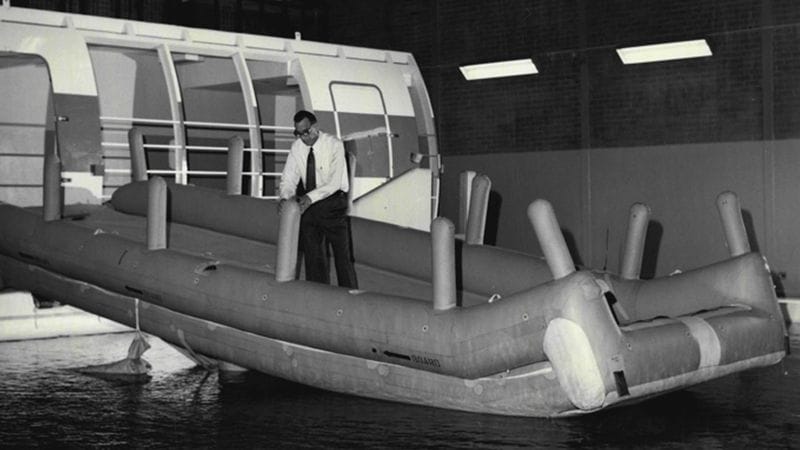
The inflatable escape slide, a piece of mandatory safety equipment on major airlines, was invented by Jack Grant of Qantas. The slide doubles as a raft in the event that the plane has to make a forced landing on water.
Plastic Wine Cask, 1966
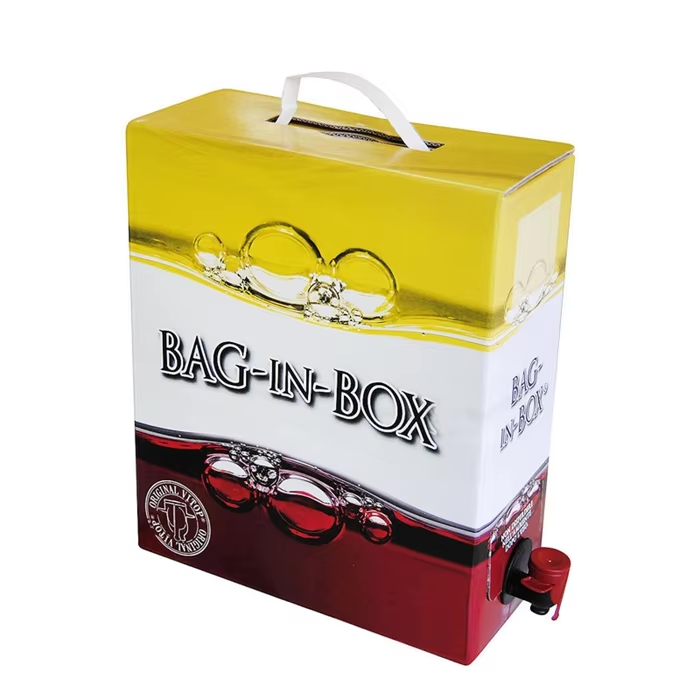
It was Thomas Angove who came up with the concept of the bag-in-a-box wine package. Angoves Wines, a South Australian winery, was keen to sell more of its wine in bulk, but first needed a solution to the problem of wine oxidising once opened. The solution was the now-iconic wine box, or goon bag. In the initial design, it was simply a matter of snipping a corner of the bag and pouring out the wine, squeezing the bag to rid it of air, resealing it with a clip and then replacing the bag in the box. The familiar airless flow-tap that is standard today was developed by Penfold Wines and then commercialized by Wynnvale Wines.
Plastic Banknotes, 1988
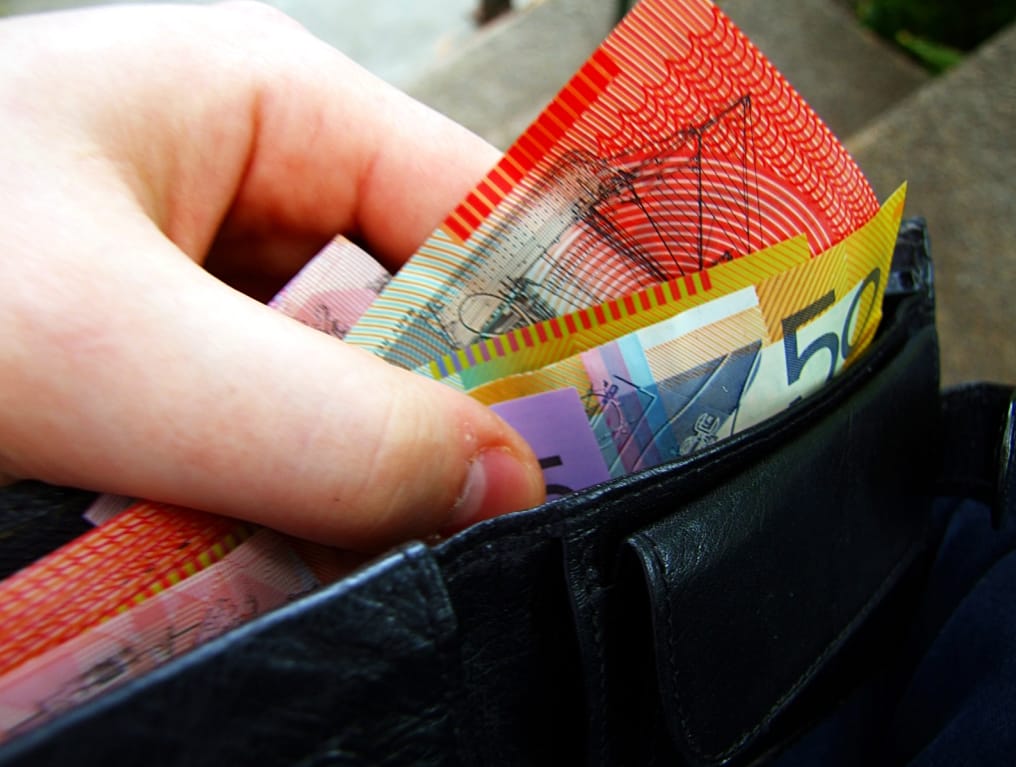
Australia became the first country in the world to have plastic banknotes, following the development of polymer notes by CSIRO and Note Printing Australia. A longer-lasting banknote than its paper predecessors, the polymer note also makes counterfeiting more difficult.
This innovation was created by the Reserve Bank of Australia.
Was Anything Else?
Of course, there were many! They may someday receive more detailed descriptions in this article, but here’s a brief list:
- Electric drill by mining engineers Arthur James Arnot and William Blanch Brain of Melbourne, Australia.
- The refrigerator, developed by James Harrison in 1856. Not only portable apparatus, but the stationary ones!
- Wi-Fi technology, which you may very well be using right now to read this material.
- The black box flight recorder invented by Dr. David Warren to record not only instrument readings but also crew voices. Every commercial plane is now equipped with this technology.
- The baby safety capsule, introduced in 1984, revolutionized infant vehicle safety with its bassinet design and advanced safety mechanisms.
- The first commercially viable ultrasound scanner for internal organ examinations. Many thanks to David Robinson.
- Lancelot Eldin de Mole's early 20th-century proposals for an armored vehicle design were initially rejected by the British War Office. Guess what it is? The caterpillar tank. These machines played the crucial role in World War II.
- Howard Florey from Australia, along with British colleagues Alexander Fleming and Ernst Chain, discovered penicillin. They later became Nobel laureates.
- The Crown Street Women's Hospital in Sydney played a pivotal role in the development of the electronic pacemaker, reviving a stillborn infant in 1928.
- New South Wales holds historical significance for introducing the first pre-paid postage in 1838.
- The Royal Flying Doctor Service, established in 1928, provided crucial medical assistance to remote areas. Can’t say that this is an invention, but such the old dates of flying ambulance appearance deserve to be noted here.
- And, of course, the boomerang! Many thanks to indigenous Australians!
Australia also has a well-developed intellectual property system. As noted above, it ranks 10th globally in terms of registered inventions. Although in some cases, Australians register patents in the United States.
Impressed with the list of Australian inventions? Subscribe to the “So List” blog — there are many more amazing lists and checklists in the world. You’ll also learn how to solve many issues with these simple yet powerful tools.
List of Links
[1] Stephen Barnett, The Australian Book of Lists, ISBN 978-0143011729
[2] Michael Morton-Evans, The Australian Book of Lists, ISBN 978-0726954641
[3] John McCrystal, Stephen Barnett, The New Zealand Book of Lists, ISBN 978-1869419271
[4] Patents by Country / Number of Patents Per Country 2024 from World Population Review
[5] Photo: Howard Rotary Hoe 001 | Gilgandra Rural Museum album | ooO(PETER)Ooo | Fotki.com, photo and video sharing made easy from Fotki
[6] Image from the page SiroSet on the CSIROpedia website
[7] Image from the page Reusable empty aseptic bag in box for 20l liter for wine/juice/water on Alibaba
